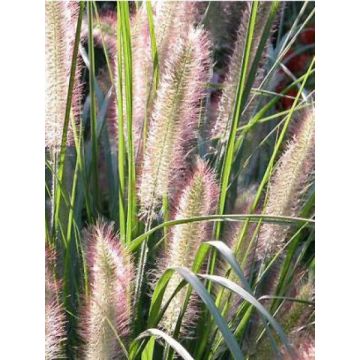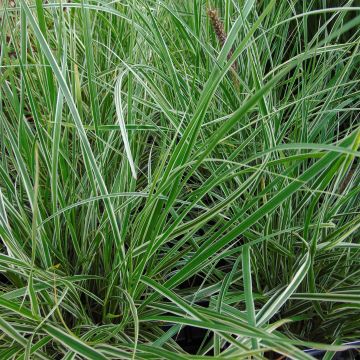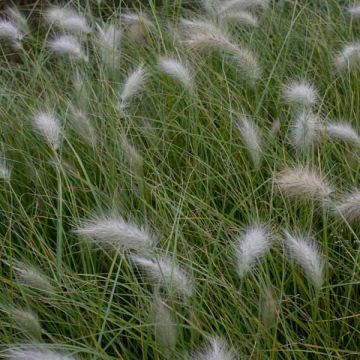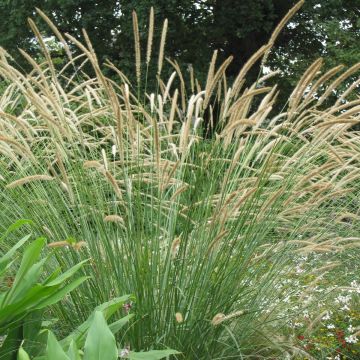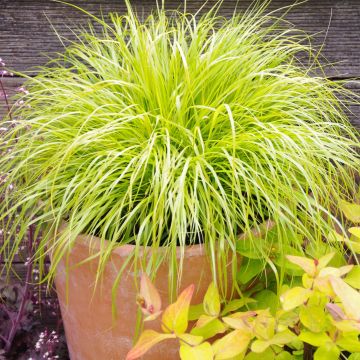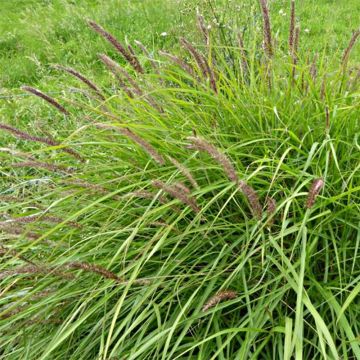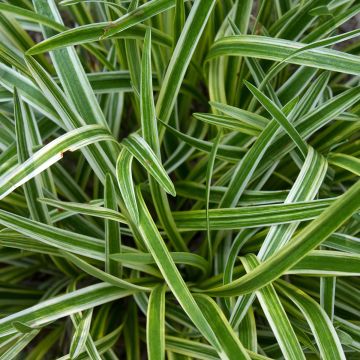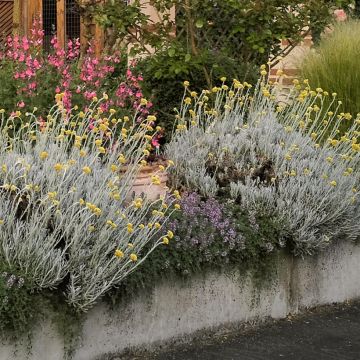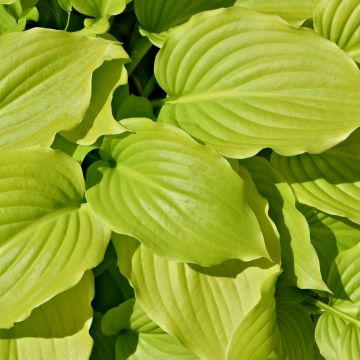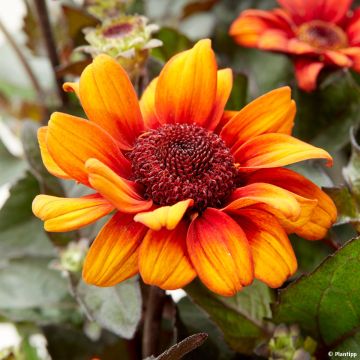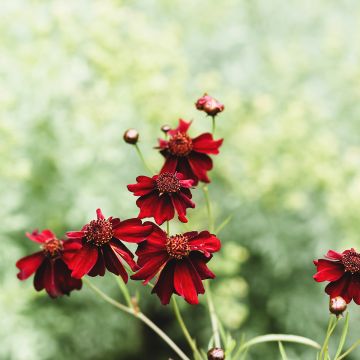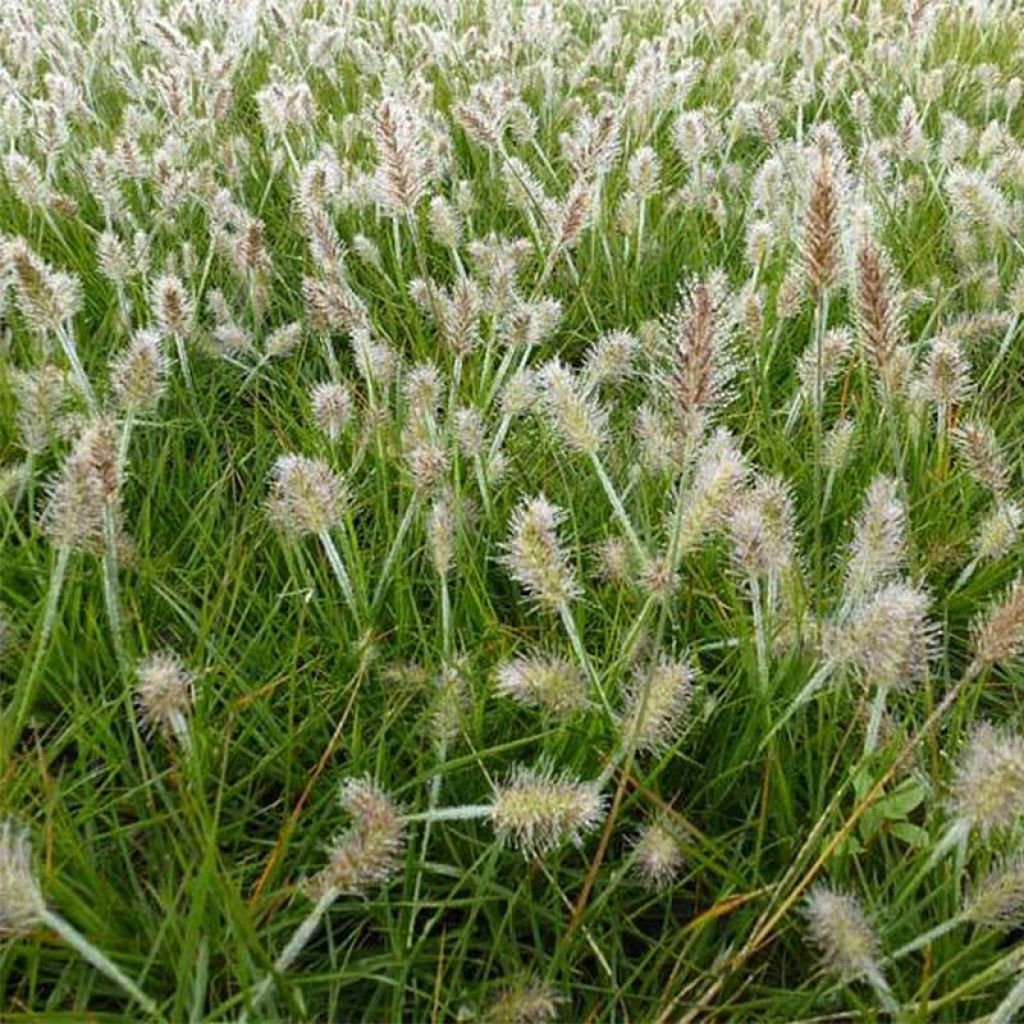

Pennisetum alopecuroïdes Little Bunny - Chinese Fountain Grass
Pennisetum alopecuroïdes Little Bunny - Chinese Fountain Grass
Pennisetum alopecuroïdes Little Bunny
Fountain Grass, Chinese Fountain Grass, Foxtail Fountain Grass, Swamp Foxtail Grass
This item cannot be shipped to the selected country
Delivery charge from €5.90
Delivery charge from €5.90
Delivery charge from €5.90
More information
Schedule delivery date,
and select date in basket
This plant carries a 12 months recovery warranty
More information
We guarantee the quality of our plants for a full growing cycle, and will replace at our expense any plant that fails to recover under normal climatic and planting conditions.
From €5.90 for pickup delivery and €6.90 for home delivery
Express home delivery from €8.90.
From €5.90 for pickup delivery and €6.90 for home delivery
Express home delivery from €8.90.
From €5.90 for pickup delivery and €6.90 for home delivery
Express home delivery from €8.90.
Does this plant fit my garden?
Set up your Plantfit profile →
Description
The Pennisetum alopecuroides 'Little Bunny' or foxtail fountain grass is one of the easiest and most rewarding grasses to grow. Its pinkish-beige spikelets unmistakably resemble large silky caterpillars or the fluffy tail of a rabbit, hence its name. It produces culms that reach a height of 30 cm (12in) and long spikelets measuring 15 to 20 cm (6 to 8in) in length from July to October.
The Pennisetum alopecuroides is a herbaceous perennial belonging to the family Poaceae – formerly known as grasses – and is native to a large area in Northeast Asia and Australia. The basal tuft is composed of trailing very fine leaves with a unique glaucous color. The Pennisetum alopecuroides 'Little Bunny' is a dwarf variety, reaching a height and width of 20 to 30 cm (8 to 12in), making it the smallest variety of Pennisetum alopecuroides of all. It proudly displays its silky pinkish-beige spikelets, without cascading or bending under their own weight. Its foxtail-like inflorescences sway gently in the breeze, barely allowing its fluffy seedheads to nod.
This small variety showcases its delicacy by tenderly enveloping the base of dahlias or Russian sage, adding a touch of flexibility. It can also be associated with wandering plants such as yarrow or eupatoriums.
The Pennisetum alopecuroides, with their highly graphic appearance, allow you to bring movement to certain areas while enjoying their textural and luminous effects. These grasses shine in low light and provide transparency and perspective even in the smallest of gardens. In meadows or mixed in borders, don't deprive yourself of the sense of touch: their seedheads are as silky to the touch as they appear. Additionally, know that Pennisetum has the advantage of controlling soil erosion thanks to its root system.
Position it in full sun. It particularly thrives in dry, well-drained soil with a neutral pH.
Report an error about the product description
Pennisetum alopecuroïdes Little Bunny - Chinese Fountain Grass in pictures
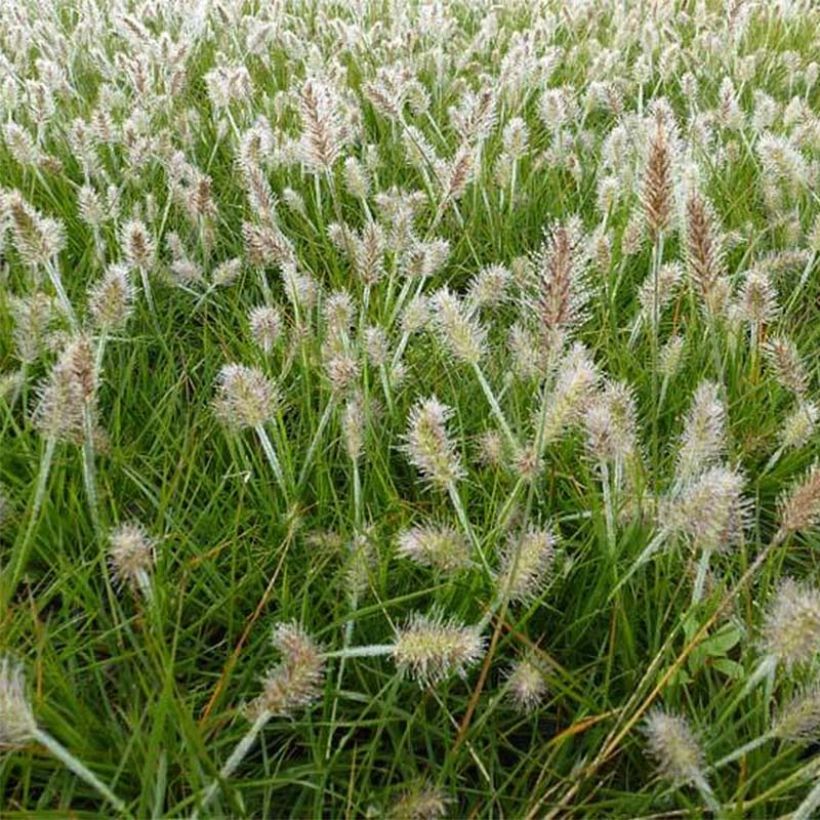

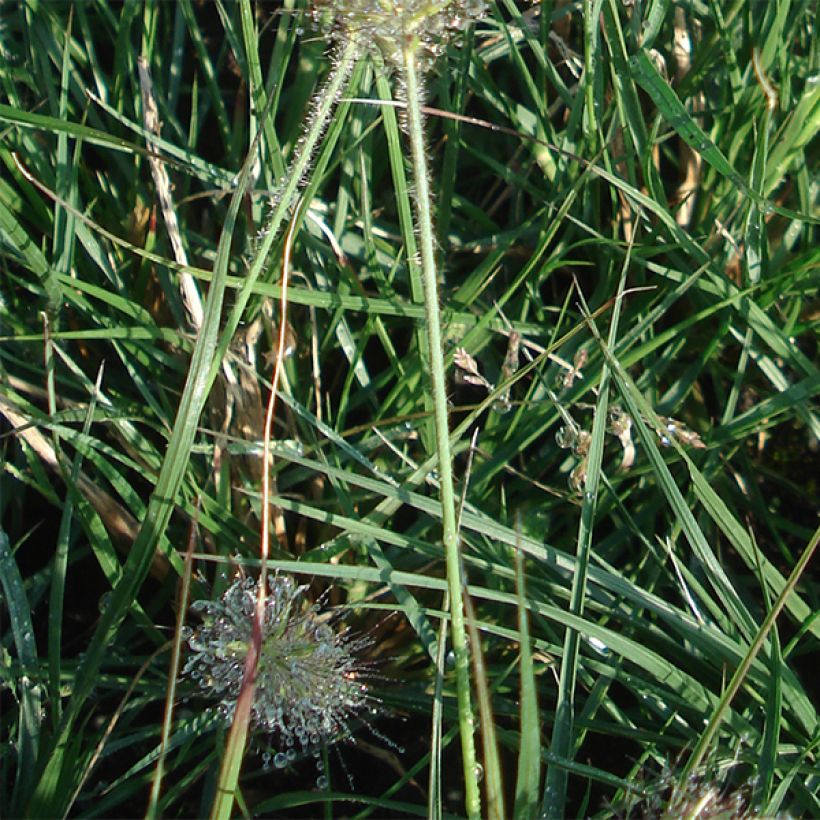

Flowering
Foliage
Plant habit
Botanical data
Pennisetum
alopecuroïdes
Little Bunny
Poaceae
Fountain Grass, Chinese Fountain Grass, Foxtail Fountain Grass, Swamp Foxtail Grass
Cultivar or hybrid
Other Pennisetum
Planting and care
Plant the Pennisetum alopecuroides 'Little Bunny' in a planting hole measuring 20 cm (8in) x 20 cm (8in) x 20 cm (8in). If your soil is heavy, mix in some compost with the crumbled soil or even a bit of sand. Partially fill the hole and place your seedling so that the top of the plant's root ball is covered with 3 cm (1in) of soil. Firmly press down the soil and water generously to eliminate any air pockets. If the weather is dry, you will need to water regularly for a few weeks to help your plant establish. Ornamental grasses remain decorative all year round but renew their foliage in spring. We recommend pruning your plants to 10 cm (4in) in late January or early February for a clean-up pruning and to make room for new foliage.
Planting period
Intended location
Care
-
, onOrder confirmed
Reply from on Promesse de fleurs
Summer flowering perennials
Haven't found what you were looking for?
Hardiness is the lowest winter temperature a plant can endure without suffering serious damage or even dying. However, hardiness is affected by location (a sheltered area, such as a patio), protection (winter cover) and soil type (hardiness is improved by well-drained soil).

Photo Sharing Terms & Conditions
In order to encourage gardeners to interact and share their experiences, Promesse de fleurs offers various media enabling content to be uploaded onto its Site - in particular via the ‘Photo sharing’ module.
The User agrees to refrain from:
- Posting any content that is illegal, prejudicial, insulting, racist, inciteful to hatred, revisionist, contrary to public decency, that infringes on privacy or on the privacy rights of third parties, in particular the publicity rights of persons and goods, intellectual property rights, or the right to privacy.
- Submitting content on behalf of a third party;
- Impersonate the identity of a third party and/or publish any personal information about a third party;
In general, the User undertakes to refrain from any unethical behaviour.
All Content (in particular text, comments, files, images, photos, videos, creative works, etc.), which may be subject to property or intellectual property rights, image or other private rights, shall remain the property of the User, subject to the limited rights granted by the terms of the licence granted by Promesse de fleurs as stated below. Users are at liberty to publish or not to publish such Content on the Site, notably via the ‘Photo Sharing’ facility, and accept that this Content shall be made public and freely accessible, notably on the Internet.
Users further acknowledge, undertake to have ,and guarantee that they hold all necessary rights and permissions to publish such material on the Site, in particular with regard to the legislation in force pertaining to any privacy, property, intellectual property, image, or contractual rights, or rights of any other nature. By publishing such Content on the Site, Users acknowledge accepting full liability as publishers of the Content within the meaning of the law, and grant Promesse de fleurs, free of charge, an inclusive, worldwide licence for the said Content for the entire duration of its publication, including all reproduction, representation, up/downloading, displaying, performing, transmission, and storage rights.
Users also grant permission for their name to be linked to the Content and accept that this link may not always be made available.
By engaging in posting material, Users consent to their Content becoming automatically accessible on the Internet, in particular on other sites and/or blogs and/or web pages of the Promesse de fleurs site, including in particular social pages and the Promesse de fleurs catalogue.
Users may secure the removal of entrusted content free of charge by issuing a simple request via our contact form.
The flowering period indicated on our website applies to countries and regions located in USDA zone 8 (France, the United Kingdom, Ireland, the Netherlands, etc.)
It will vary according to where you live:
- In zones 9 to 10 (Italy, Spain, Greece, etc.), flowering will occur about 2 to 4 weeks earlier.
- In zones 6 to 7 (Germany, Poland, Slovenia, and lower mountainous regions), flowering will be delayed by 2 to 3 weeks.
- In zone 5 (Central Europe, Scandinavia), blooming will be delayed by 3 to 5 weeks.
In temperate climates, pruning of spring-flowering shrubs (forsythia, spireas, etc.) should be done just after flowering.
Pruning of summer-flowering shrubs (Indian Lilac, Perovskia, etc.) can be done in winter or spring.
In cold regions as well as with frost-sensitive plants, avoid pruning too early when severe frosts may still occur.
The planting period indicated on our website applies to countries and regions located in USDA zone 8 (France, United Kingdom, Ireland, Netherlands).
It will vary according to where you live:
- In Mediterranean zones (Marseille, Madrid, Milan, etc.), autumn and winter are the best planting periods.
- In continental zones (Strasbourg, Munich, Vienna, etc.), delay planting by 2 to 3 weeks in spring and bring it forward by 2 to 4 weeks in autumn.
- In mountainous regions (the Alps, Pyrenees, Carpathians, etc.), it is best to plant in late spring (May-June) or late summer (August-September).
The harvesting period indicated on our website applies to countries and regions in USDA zone 8 (France, England, Ireland, the Netherlands).
In colder areas (Scandinavia, Poland, Austria...) fruit and vegetable harvests are likely to be delayed by 3-4 weeks.
In warmer areas (Italy, Spain, Greece, etc.), harvesting will probably take place earlier, depending on weather conditions.
The sowing periods indicated on our website apply to countries and regions within USDA Zone 8 (France, UK, Ireland, Netherlands).
In colder areas (Scandinavia, Poland, Austria...), delay any outdoor sowing by 3-4 weeks, or sow under glass.
In warmer climes (Italy, Spain, Greece, etc.), bring outdoor sowing forward by a few weeks.

































